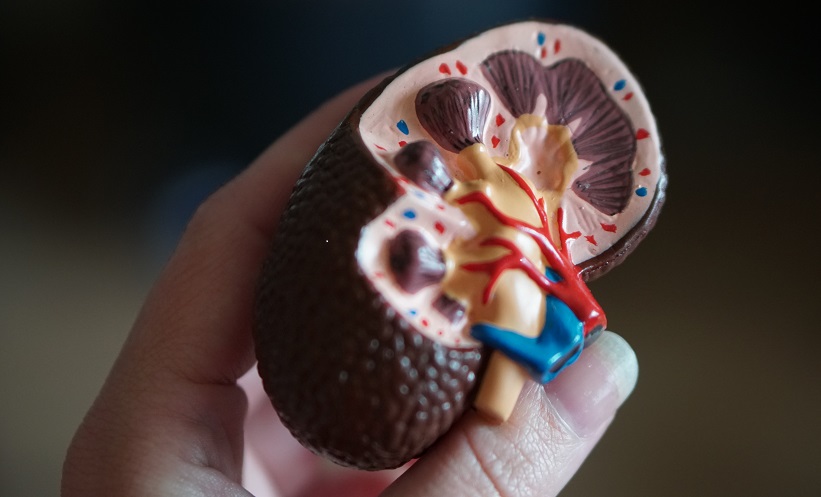MEASURING two proteins in urine of deceased donors may help determine which kidneys are suitable for transplant. The ratio of the proteins can help predict which kidneys were most likely to recover from infection or injury.
Acute kidney injury (AKI) is traditionally considered cause for a deceased donor kidney to be unsuitable for transplant. Currently, 18% of donor kidneys are discarded or rejected in the USA, but this increases to 30% in kidneys following AKI. With demand for kidney transplant rising by 8% per year, methods to improve utility of deceased donor kidneys is needed.
Researchers at Johns Hopkins University School of Medicine, Baltimore, Maryland, USA, published a study in early 2020 revealing that hundreds of discarded donor kidneys with AKI could be transplanted successfully. This follow-up study collaborated across a further 13 institutions to identify the validity of protein biomarkers for predicting viable donation candidate kidneys despite AKI.
Uromodulin and osteopontin can both be easily obtained from deceased donor urine, and have previously been shown to be involved in the protection of kidney health and function, repair following AKI, and in immune response. The study measured the ratio of these two proteins in 1,298 donors and 2,430 recipients in the study, where 322 deceased donors (25%) had evidence of AKI. “We determined that if the ratio of the amounts of the two proteins, as precisely measured in samples of a deceased donor’s urine, was less than or equal to three, then that person’s kidneys were the most suitable for transplantation and had a higher chance for staying healthy and functioning longer after the surgery,” said Dr Chirag Parikh, Johns Hopkins University School of Medicine and senior author of the study.
Follow-up studies are required to validate this ratio of uromodulin-to-osteopontin as a clinical tool in transplantation medicine, but researchers are optimistic about its value as both a marker and a driver for improving access to transplants. Dr Parikh spoke of these hopes: “We estimate that using this strategy, once confirmed as reliable, we can annually reduce the number of kidneys discarded and add a few thousand suitable-for-transplant organs to the pool.”







